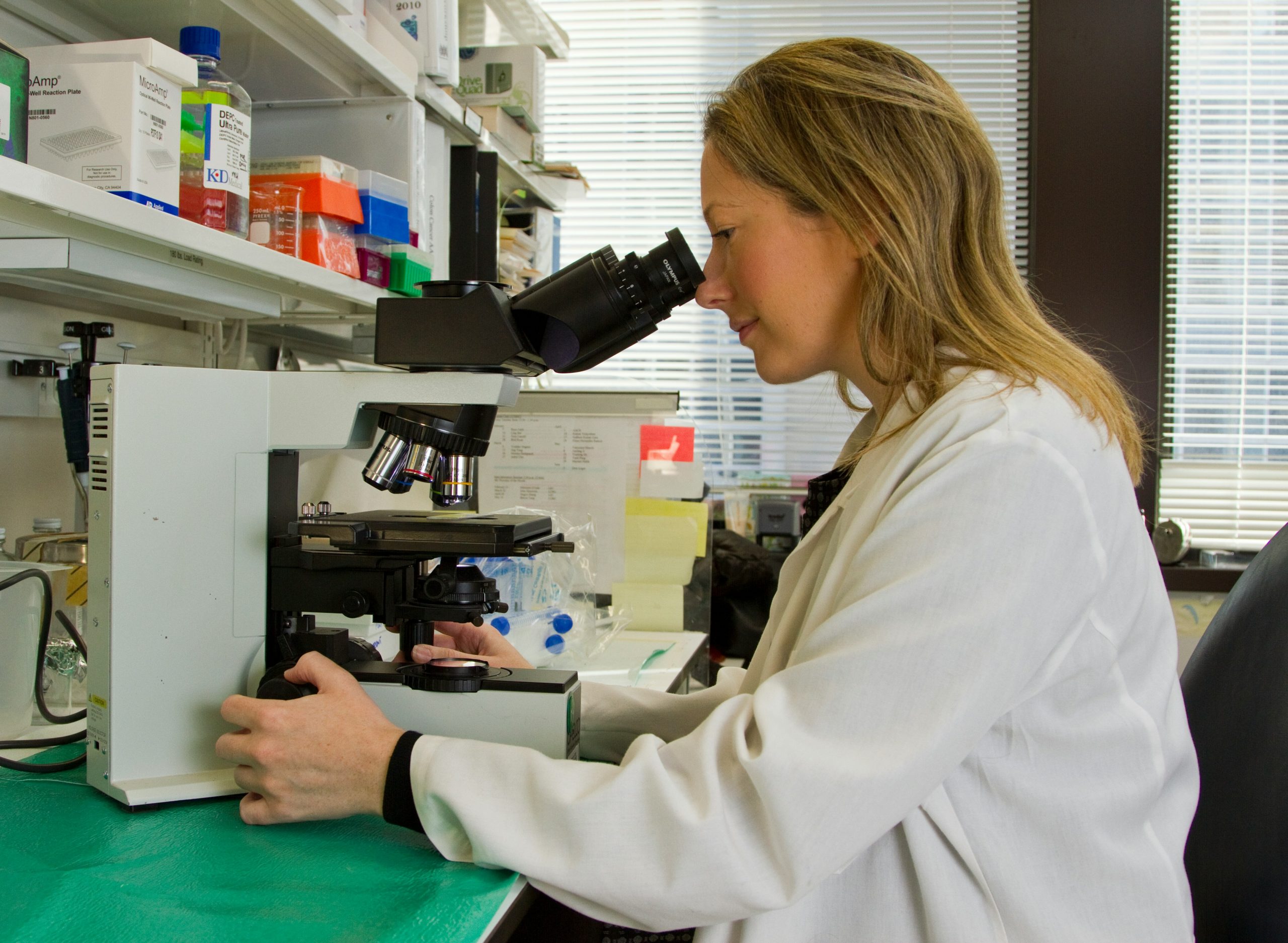Simulation World 2024: Ansys Highlight Need for Digitilisation

Medical researchers at the University of Zaragoza are relying on multiscale simulation frameworks to model solid tumour growth at the subcellular, cellular, tissue, and organ level to better assess and treat cancer.
Across industries, Ansys customers are using simulation to do some pretty heavy lifting — from electrifying mobility, to advancing safer medical treatments, to keeping satellites in orbit, to name a few. There are few limits to how simulation can be applied.
This year’s free, virtual event took place over three days, organised into 14 distinct tracks that speak to the transformative power of simulation to inspire, equip, and empower the way to technological innovation and exploration:
Digitalisation in health care is growing
Digitise and Personalise Medicine: Safer medical treatments can require more testing and clinical trials, making traditional approaches less affordable. Discover how simulation-driven in silico methods reduce market costs and facilitate breakthrough innovation, without compromising patient safety.
The second day explored engineering opportunities:
Tackle Engineering Complexity with Numerics: This track demonstrates how the application of advanced physics models and numerical methods for multiphysics simulation can tackle difficult design challenges and analyse real-world scenarios to overcome increasing product complexity.
Engineer without Limits: Learn why having the flexibility and open ecosystem needed to simulate modern, complex products and systems at scale requires the latest advancements in hyperscale and cloud computing.
Transform Simulation at the Speed of AI: AI-augmented simulation technology is a real game-changer, bringing unprecedented speed, innovation, and accessibility to engineering. See why it’s not just about accelerating simulation, it’s about making it more accessible.
Connect Digital Threads: This track discusses the ability of digital engineering to sort through complexity to reduce time, cost, and risk — increasing accuracy and performance with physics rigor to deliver a design infrastructure and open ecosystem along a two-way digital thread.
Implementation of digitalisation explored in day three
The third day explored the following topics:
Power Up Intelligent Connectivity: Discover the power of electromagnetic simulation to successfully model, analyse, and design many high- and low-frequency electronics, including computing platforms, generators and transformers, communications systems and satellites, and advanced driver-assistance systems.
Reinforce Structural Integrity: This track shows how simulation solves complex structural engineering challenges quickly and efficiently through finite element analysis (FEA), customised and automated solutions for structural mechanics, and multiple design scenario analyses to ensure greater product integrity.
Go with the Computational Flow: Get a better perspective of computational fluid dynamics (CFD) analysis and how it delivers insights to help companies make critical design decisions that reduce energy consumption and improve product performance.
Innovate at the Speed of Light: See how optics-specific tools and workflows help optical designers innovate across an entire industry to expedite groundbreaking product development and improve performance, reliability, and yield — from the nano to the micro scale.
Optimise Across the Board: Learn how comprehensive multiphysics EM/IR, thermal, and electromagnetic simulation are accelerating 3D-IC design, bespoke silicon, and intelligent connectivity to increase the speed and efficiency of semiconductor manufacturing.
Ansys comments from core panel discussions
In the 3D modeling and flow simulation in complex congenital heart disease session, David Hoganson, Paediatric Cardiac Surgeon at Boston Children’s hospital, discussed the use of 3D modeling and computational fluid dynamics in combatting congenital heart disease.
At Boston Children’s Hospital, David and his team perform virtual surgery on the 3D models to reflect the planned operation or several options for repair. Computational fluid dynamics is utilised to evaluate the blood flow through the heart and blood vessels in different configurations to evaluate different operative repairs and quantitatively determined the best option.
Additionally, in the healthcare regulatory panel discussion, involving key voices throughout the industry, goes in depth on the development and implementation of modelling and simulation within healthcare. It covers the challenges and opportunities involved, as well as the regulatory landscape and how organisations can best incorporate modelling and simulation into their operations.

